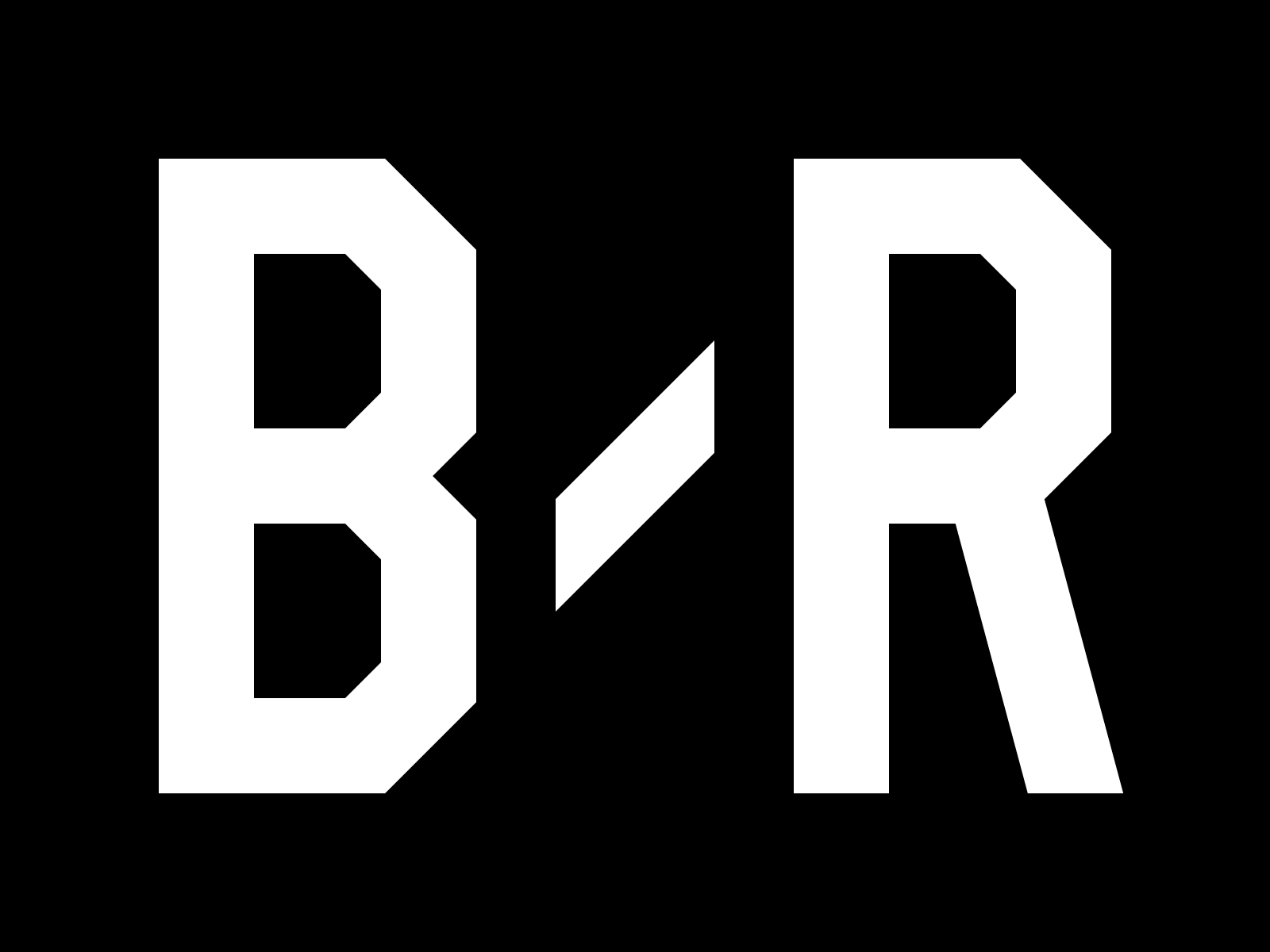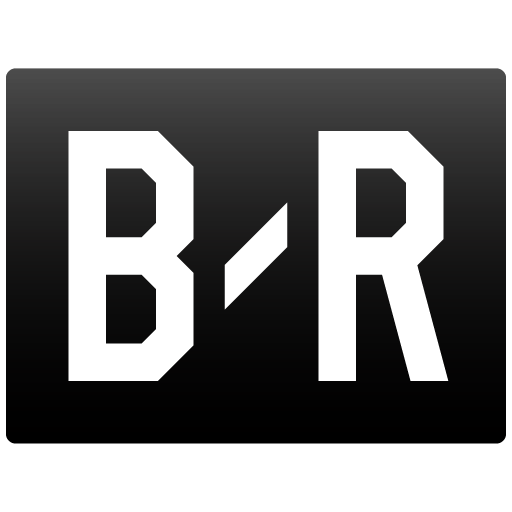A few days ago I started an article on the history of pro wrestling in the United States. As you could imagine it was an article that couldn’t be covered in one article. So I am pleased to present to you part two of “the history of pro wrestling in the United States”.
I hope that the following article is not only entertaining, but educational as well. So sit back, relax, and enjoy the read.
By the late '50s pro wrestling was going through many changes. Due to the golden age of the television, pro wrestling had reached levels of popularity never seen before. We were soon seeing a different style of pro wrestling on TV.
Pro wrestling by the late '50s was more of a show then an athletic competition. A big reason for this was guys like Antonio Rocco and Gorgeous George. Rocca dazzled the crowd with his crazy holds and acrobatic maneuvers.
Gorgeous George helped bring glamour to wrestling. He was the first wrestler to have a ring valet and use entrance music. Along with Buddy Rogers, Gorgeous George was probably one the biggest influences on the television audience.
While this helped wrestling become a huge part of America, it was also hurting it in other ways. Wrestling purists were accusing the product of being dumbed down. By the late '50s, wrestling ratings were taking a nose dive all over the country.
Soon wrestling was being thrown in as filler slots for late night TV. Wrestling had become so over exposed people soon grew tired of it. Not to mention that promoters were secretly buying local TV spots on other promoter's territories.
This only helped weaken the NWA’s alliance with all the promoters. The AWA, which started in 1957, completely broke free from the NWA in 1960. This was in part due to Gagne not getting his shot at the NWA title.
They weren't the only promoters to break free from the NWA’s stranglehold. The Capitol Wrestling Corporation dropped from the NWA in 1963. This wrestling company later came to be know as the WWWF.
The chinks in the NWA's armor were getting bigger and bigger. There were now three big promotions in the wrestling world. You had the NWA, the AWA, and the WWWF. For nearly 20 years these three jockeyed for the top spot in wrestling.
Gagne raided many of the NWA’s premiere talent. With the help of guys like Mad Dog Vachon and Nick Bockwinkel, the AWA soon found itself at the top of the dog pile. They were not the only ones making big moves though.
Over on the east coast, the WWWF was making some big moves of their own. Their first major signing was long time NWA star Buddy Rogers. The WWWF also struck it big when they signed Bruno Sammartino.
Still, with all of this going on, the NWA remained in fairly good shape. They were still producing major names and were still making a lot of money. Little did the NWA know though, they, like most of wrestling world, were in store for a major setback.
During the '60s pro wrestling saw a boost in ratings. The AWA were setting new standards on how wrestling was shown on TV. The NWA was still pretty strong, especially in the South, and the WWWF was slowly making a name for themselves.
All of this changed when the '70s rolled around. Throughout the '70s, wrestling took a big blow in its popularity. Due to the lack of attendance, many promoters were forced out of business.
The ones that did survive were struggling just to make ends meet. Even the WWWF had to rejoin the NWA due to its financial status. Still, we saw some bright spots come out of the '70s.
Pedro Morales made history by becoming the first ever Latin American to hold the WWWF heavyweight championship. Guys like Dusty Rhodes and Rick Flair were becoming big names in the wrestling world.
One of the biggest things to happen to wresting in the '70s occurred in 1977 with the debut of one man who would change wrestling history forever. That year, the wrestling world was introduced to Hulk Hogan.
In the beginning of the '80s pro wrestling was still in dire straits. Things were made worse with the advancements of network TV and tapes. The fans were now able to see the inconsistencies of the story lines from area to area.
This further weakened the already weak state of the NWA. The only area the NWA was holding its ground in was Georgia Championship wrestling. It was the AWA that held the key to wrestling’s survival.
In 1977 Hogan was recognized as an instant talent. He had a quick stint in the NWA and the WWWF. He was let go from the WWWF after he made his movie appearance in Rocky III.
The AWA knew he was a superstar in the making, so they signed Hogan. With Hogan on the roster, the AWA was king of the wrestling world. People were now getting back in to wrestling to watch the larger than life athlete.
In 1983 the AWA made a mistake that ultimately lead to their demise: they let Hogan, their hottest commodity, sign with their competition, the WWF.
This was also the birth of what the whole world has come to know as “Hulkamania.”
You see, in 1980 a young and opportunistic Vincent K. McMahon founded Titan sports. He would then buy the WWWF from his father in 1982. This was the start of a new movement, a movement that changed the history of wrestling.
In 1982, Vince K. McMahon went against his father’s wishes by starting to invade other promoter’s turf. He would do this by syndicating the WWF in other parts of the country. This was an unwritten rule that all the promoters adhered to until that moment.
He also made money off his merchandise in these same areas. If that wasn’t enough, he was using the money he made to steal the other promoter’s talent. Needless to say, the wrestling promoters were not too thrilled with Vince.
It wasn’t too long before Vince had taken a good part of the NWA’s and the AWA’s talent. He enticed guys like Bobby Heenan, the Iron Sheik, and many others to jump ship. The biggest piece of the puzzle was filled after Vince had signed Hogan.
Promoters like the AWA, NWA, and the Mid-south were now in the fights of their lives. Hogan quickly took off in the WWF and was soon the poster boy for pro wrestling. The WWF was making money by the bucket full.
In 1985 the wrestling world had a new weapon to play with. We were introduced to PPV. Most believe the first wrestling PPV was Wrestlemania. This is not the case.
The first ever PPV on TV was called the Wrestling Classic. Wrestlemania wasn't produced until later that year; when Vince came up with the idea he was taking a big chance.
Vince decided to put almost his entire fortune into Wrestlemania. If the move failed, Vince could have easily been done for. He rolled the dice anyway and made history.
Soon the other promoters were jumping on board. The NWA and AWA were all coming out with their own PPV’s. It still wasn't enough to overcome Vince’s power.
In a last ditch effort, all the promoters combined to form a string of PPV’s called SuperClash.
It was a PPV where all the promoters got together and wrestled each other. In theory this sounded like a solid plan. The problem is none of the promoters could ever agree with each other on who should win or lose.
The territories were struggling just to keep up with the WWF. Soon Vince McMahon was buying out promoters all over the country. This was done to keep Vince’s product as the only product on TV. The NWA had to start acting fast.
They relied on Jim Crocket to keep them afloat. After the success of Wrestlemania, Crocket started to absorb all of the failing NWA territories. This is the only reason the NWA was able to withstand Vince and survive.
The AWA on the other hand wasn’t as lucky.
In 1984, despite having a good portion of their talent taken, the AWA was still in good shape. This was due in large part to the arrival of the Road Warriors. They also signed top guys like Sgt Slaughter and Bob Backlund.
Despite all of their efforts, they were still losing a lot of viewers to Vince. Verne Gagne was a fighter though. The AWA would also crank out such talent as the Rockers, Razor Ramone, and Curt Hennig.
But it was all for naught because they all left for the WWF when Vince and his money beckoned.
He refused to give into Vince, fighting him until the bitter end. That end came in 1990 when Vern Gagne filed for bankruptcy.
He still had wrestling on ESPN in 1991, but this was the last year that the AWA was shown regularly on TV. It would take years before Gagne let the fall of his promotion go.
The WWF had pretty much wiped out all the territories. The NWA, who dominated for almost half a century, was left in shambles. They were still alive though; Vince had failed to destroy the mighty juggernaut.
It turned out to be a mistake that bit the WWF on the rear later.
While the AWA fell to Vince, the NWA managed to hang on, largely due to Jim Crocket. Crocket was still fighting a losing battle with Vince. While he was still having some success, it wasn’t enough to keep up with Vince’s PPV’s.
So in 1990 he sold the UWF, a former prominent NWA territory. The man he sold it to was none other than Ted Turner. Turner renamed the promotion WCW. Unlike Crocket, Ted Turner was willing to spend as much as needed to succeed.
(To be continued…….)
Ring Rap will now be going open forum. So if you would like to have your work put up on a new site just let me know. We can either set you up with an account. Or if you prefer I can copy and paste your read, and of course you would get the credit. If your interested PM me or email me at mhester@ring-rap.com.
You can also hear my weekly radio version of ring rap on Monday night between 6 and 8 on http://www.allnoiseradio.com/
Here is the link to my web site http://www.ring-rap.com/



Read 0 Comments
Download the app for comments Get the B/R app to join the conversation